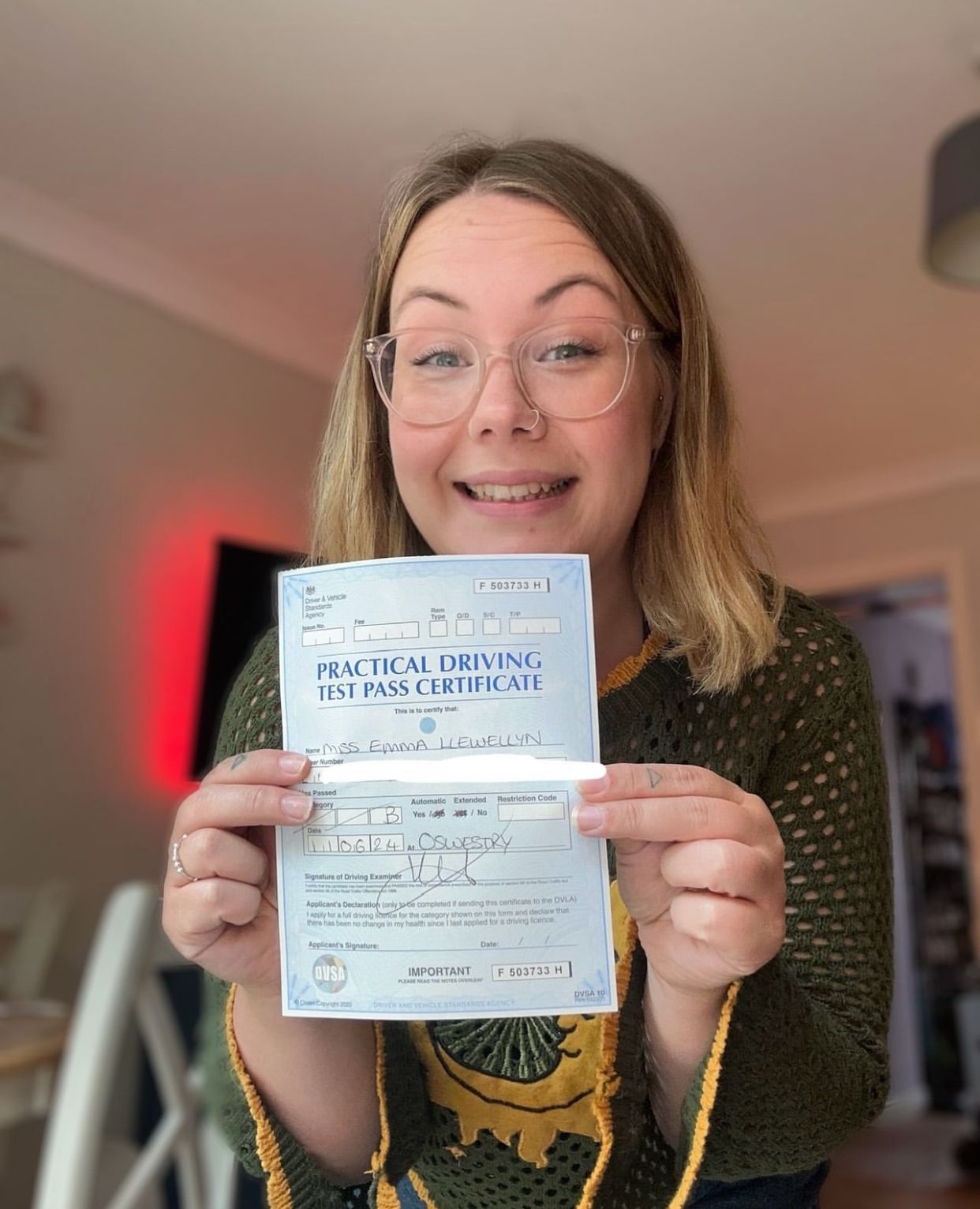Five Uk Driving Licence Projects For Any Budget
How to Obtain a UK Driving Licence: A Step-by-Step Guide
Obtaining a driving licence in the United Kingdom is a significant milestone for many individuals, representing not simply the capability to drive, but also a newly found self-reliance. Browsing the process might appear intimidating at first; however, comprehending the steps and requirements can simplify the journey. This post will break down the procedure of getting a UK driving licence while dealing with common queries to much better prepare aiming drivers.
Types of UK Driving Licences
Before diving into the process, it is necessary to understand the different kinds of driving licences available in the UK:
Provisional Licence: This is the very first step for new drivers, enabling them to practice driving on public roads with a qualified instructor or a knowledgeable driver.
Full Licence: Once a driver passes their theory and useful driving tests, they can make an application for a complete driving licence, which qualifies them to drive individually.
Special Licences: These consist of licenses for particular classifications of vehicles, such as motorbikes and large items lorries, each requiring different tests.
The Process of Getting a UK Driving Licence
Action 1: Application for a Provisional Licence
The journey starts with obtaining a provisional driving licence. Candidates must be at least 15 years and 9 months old to apply. Here is how to apply:
Online Application: The most convenient method to apply is through the main UK federal government site. Candidates will need a legitimate UK passport or a type of identification, together with their National Insurance number if they have one.
Paper Application: Alternatively, people can fill out a D1 application available at Post Offices.
Step 2: Pass the Theory Test
Once the provisionary licence is acquired, the next action is to prepare for the theory test, which includes two parts:
Multiple Choice Questions: This section tests knowledge on roadway indications, driving guidelines, and safe driving practices.
Risk Perception Test: This practical part assesses the capability to acknowledge and respond to prospective hazards on the road.
To succeed in the theory test:
- Study utilizing main DVSA products, that include books and online resources.
- Take practice tests readily available through numerous apps and sites.
Action 3: Take Driving Lessons
With a provisional licence in hand and the theory test passed, the next step involves useful driving lessons. It's recommended to consider the following:
Find a Qualified Driving Instructor: Choose a driving school registered with the DVSA to guarantee a high requirement of training.
Practice Regularly: Engage in regular practice to build skills and self-confidence behind the wheel.
Step 4: Pass the Practical Driving Test
After completing a set variety of lessons and feeling comfortable behind the wheel, it is time to schedule a practical driving test.
Scheduling the Test: Tests can be reserved online or by phone through the DVSA.
The Test: During the dry run, prospects will be examined on their ability to safely and effectively operate an automobile in numerous traffic circumstances. The test also consists of particular manoeuvres like parallel parking and emergency stops.
Step 5: Apply for a Full Licence
Upon effective conclusion of the dry run, drivers can look for a full driving licence. This process normally includes:
- Submitting the pass certificate received from the practical driving test.
- Keeping the provisionary licence till the complete licence arrives, which typically takes up to 3 weeks.
Essential Considerations and Tips
Stay Informed: Keep current with any changes in driving policies or processes.
Be Patient: The journey to becoming a certified driver can differ considerably depending on specific situations, especially when it pertains to scheduling tests.
Consider Mock Tests: Many driving schools use mock driving tests to assist prospects prepare thoroughly and reduce test-day nerves.
Stay Calm During the Tests: Nerves can affect efficiency; practice relaxation methods to manage anxiety on the day of the test.
Regularly Asked Questions
What is the minimum age to obtain a UK driving licence?
The minimum age to request a provisional driving licence is 15 years and 9 months. However, you can just take the useful driving test once you reach 17 years of age.
For how long is a provisionary licence legitimate?
A provisional driving licence stands for 10 years. Nevertheless, if Quincy Fadei do not take your test within a sensible time or repeatedly fail, you might be needed to restore it.
What documents do I need for my driving test?
You will need to present your provisionary licence and, if relevant, a verification of your theory test pass. It's suggested to also bring additional recognition, such as a passport or energy expense.
Can I drive while waiting on my complete licence?
No, you should hold a legitimate driving licence at all times while driving. After passing the dry run, you must apply for your complete licence.
What if I fail my driving test?
If a prospect fails their driving test, they can schedule another test as soon as they feel all set. It's important to examine feedback from the inspector to identify locations for improvement.
Getting a UK driving licence is a necessary life skill that requires commitment, preparation, and persistence. By understanding the steps involved— from getting a provisionary licence to passing the final driving test— brand-new drivers can equip themselves with the knowledge needed to navigate this process successfully. With careful preparation and a desire to discover, any ambitious driver can accomplish their goal of obtaining their UK driving licence and enjoy the liberty of the open road.
